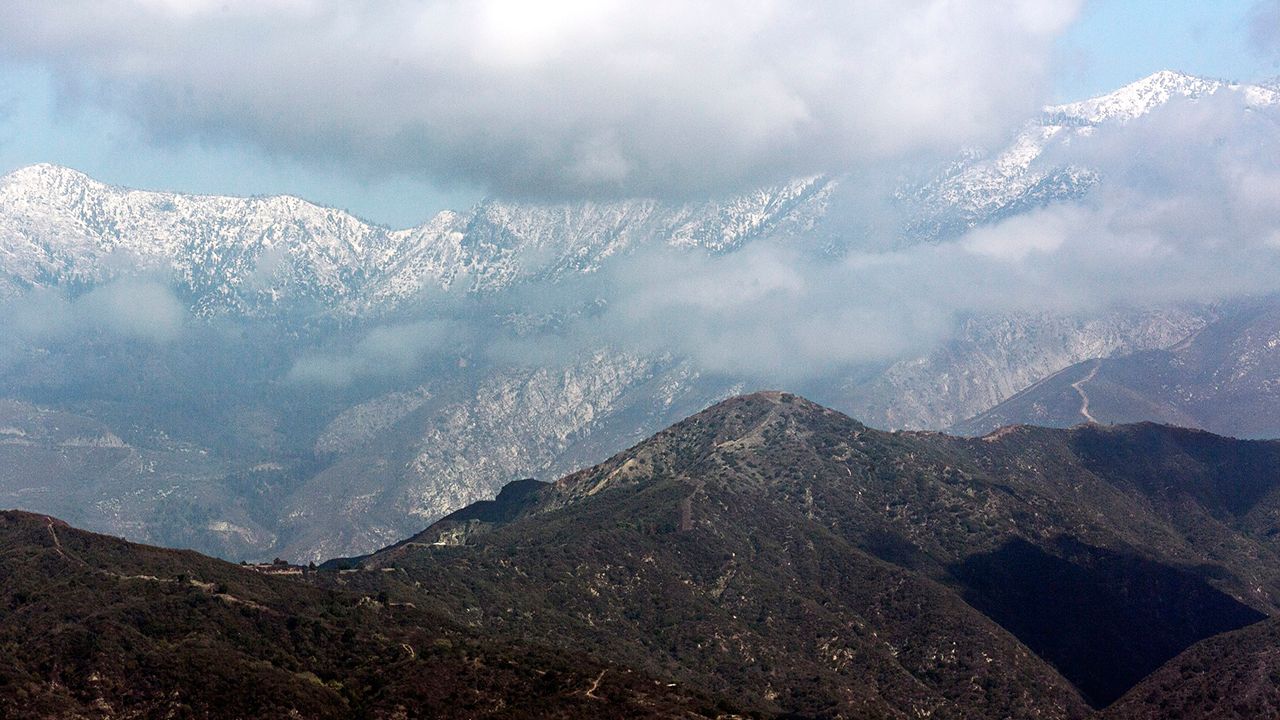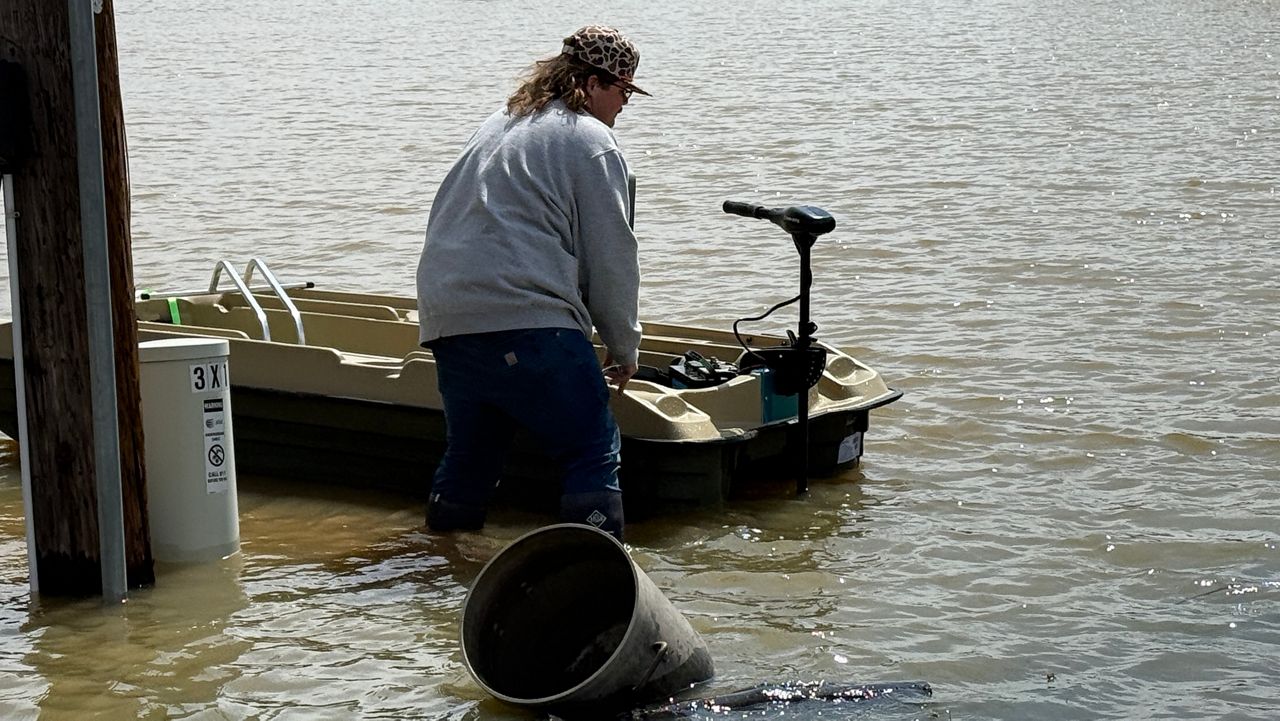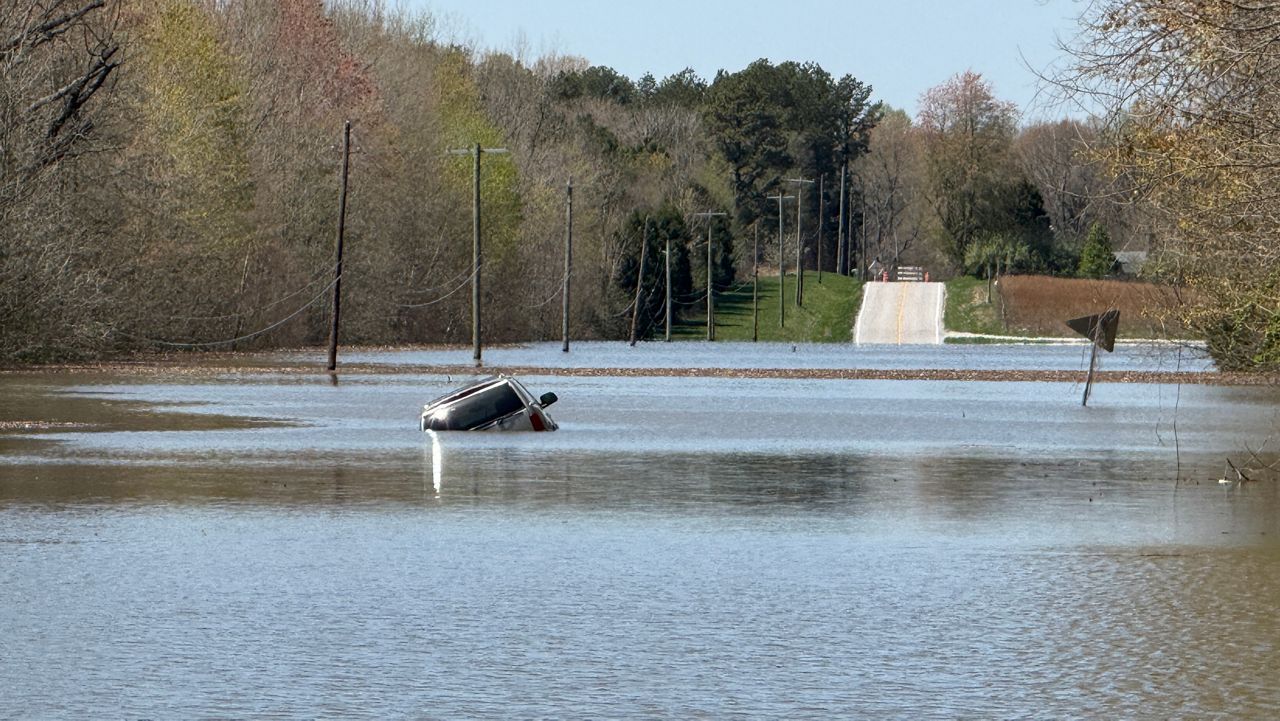NEWPORT, Ky. — Northern Kentucky University students are working with professional archaeologists to dig up artifacts that date back to the 1800s and further.
They’re hoping to learn more about what was once a pivotal part of United States Army operations for over a century.
Patrick Coggins is a student and adjunct professor of history at NKU. His research on the Newport Barracks is going to be his capstone project.
The dirt he and others dug up Monday, and what they found underneath, were big milestones in that research.
“This is what history’s all about. Yes, you can learn history through books and through academic study. But really, to see history come alive in this space right now, and to see it dig up right in front of you, it’s truly amazing,” Coggins said.
The Newport Barracks was a logistical and supply depot for the U.S. military in the 1800. It played key roles in the famous battle of Tippecanoe and the War of 1812, among many other major events.
Thousands of soldiers called it home over the span of more than a century.
“It was really a crossroads of America. If you came down the Ohio River, you passed it. For the military it was a crucial logistical point,” Coggins said. “Any military history of the tri-state area really revolves around the barracks.”
Earlier this year, archaeologists used ground-penetrating radar and satellite-based imagery to help identify surviving remnants of lost structures.
It led them to a site along the Ohio River where they hope to recover artifacts from soldiers. Jay Stottman, assistant director of the Kentucky Archaeological Survey at Western Kentucky University, explained why that’s so important.
“Everything that we see now, everything that we are, everything that is here, is rooted in the past. It came from the past. The more we can understand the past, the more we can understand ourselves,” Stottman said.
During the initial dig, they found pottery shards and Native American artifacts that even predate the barracks.
“They’ve left us pieces of their lives that we can find and discover, and it’s really about finding the common humanity that we all share,” Coggins said.
He said the work has just begun. A series of floods in the 1880s decimated the barracks, and it was eventually sold to the city of Newport.










